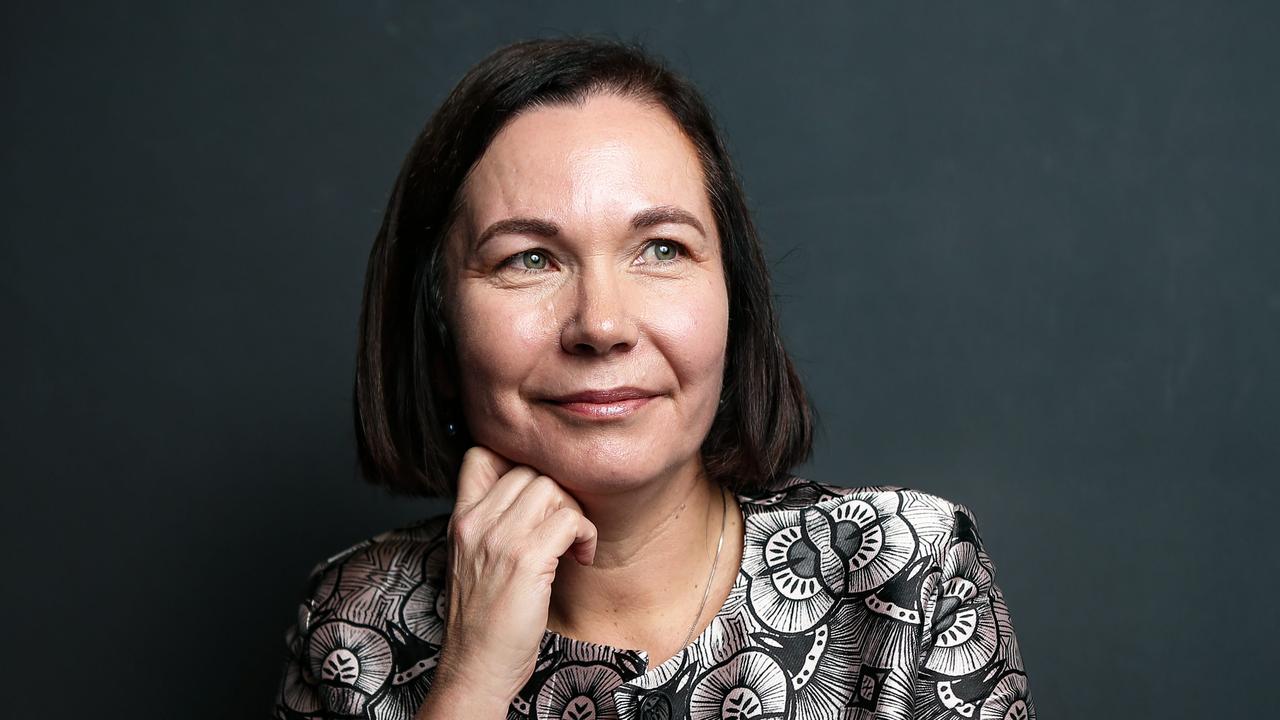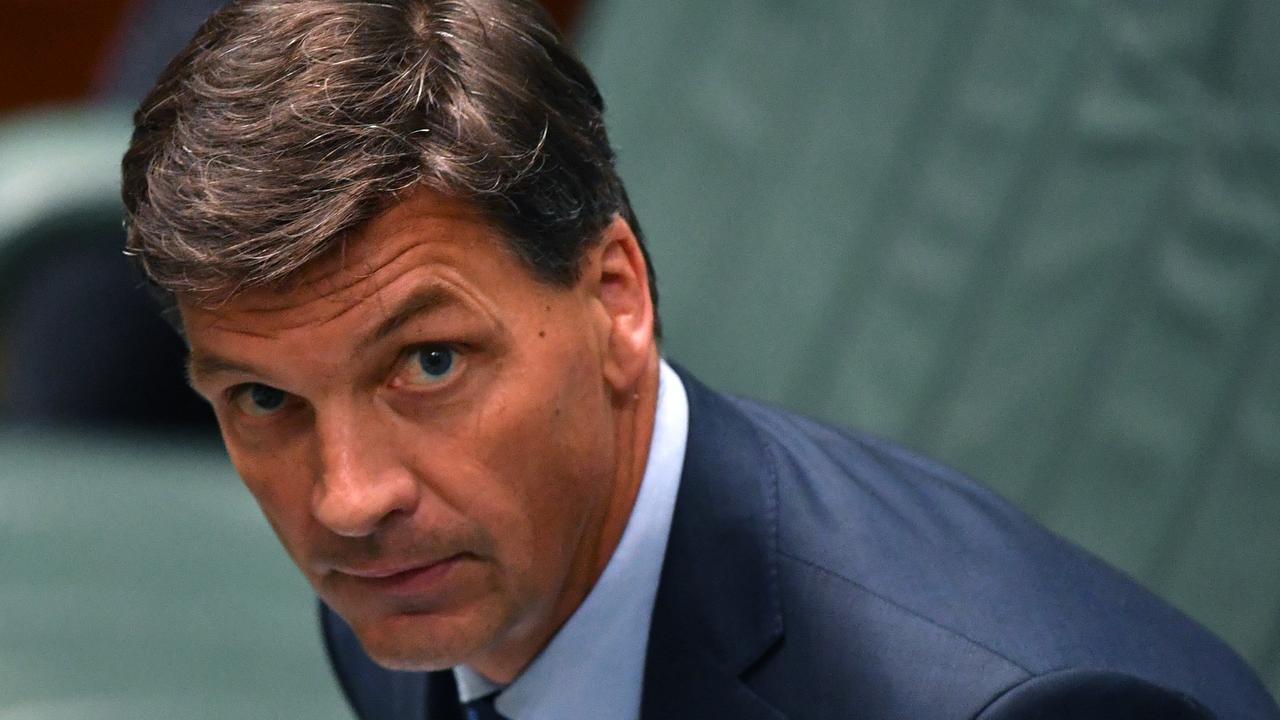Beyond the Great Divide
I HAVE always been transfixed by the history, the geography and, of course, the demography of the Australian people and continent.
I HAVE always been transfixed by the history, the geography and, of course, the demography of the Australian people and continent.
And what better way to encapsulate such an eclectic view of our nation than in a map outlining patterns of settlement, defence, global connectivity, wealth generation and human behaviour that at times can be described only as oh so very human.
Did you know that, according to census results, Sydney's Elizabeth Bay is this nation's cougar hot spot? Why are single women in their 40s and 50s so drawn to Elizabeth Bay? Is it because this place is culturally as far removed from suburbia as possible?
And did you know Coonamble in the NSW rural heartland is the most God-fearing town in Australia? Or that Byron Bay has the highest proportion of the population aged 20-59 that is single? Perhaps all that free love from nearby Nimbin is trickling down to the coast.
From the southern sea routes that delivered European immigration in the 19th century to the northwestern frontier that is delivering wealth in the 21st century, this is the story of a continent unfolding.
It's almost as if there are two Australias, separated by a Great Divide that stretches between Port Douglas in far north Queensland and Eucla on the Great Australian Bight.
To the east lies heartland Australia, a globally connected nation of 19 million with all the accoutrements of a modern industrial state comprising global, manufacturing, lifestyle and administrative cities and regions.
To the west lies frontier Australia, a vast resource-rich state with three million people and with the prospect of barely four million by mid-century. Two very different but inextricably linked Australias that will carry the fortunes of the Australian people deep into the 21st century.
During the 20th century, internal migration pushed the Australian heartland north along the Queensland coast. In the early decades of the 21st century the incremental pattern of settlement broke form, mutated and leap-frogged into newly created resource-states known as FIFO zones where miners, contractors, labourers and other assorted (mostly male) frontiersmen fly in and fly out.
There was a time in the mid-20th century when whole towns were built to support mine workers. Not any more. FIFO defines the new frontier. If Clancy of the Overflow had been written little more than a century later he wouldn't have been a stockman "gone a drovin', down the Cooper, where the western drovers go", he'd have been a miner "gone a flyin', up the Bowen, where the mining contractors go".
This brings me to the issue of the defence of the Top End (which really should be rebadged the Top Half): we need to think differently about everything north of the Tropic of Capricorn. There are 600,000 people in Queensland living north of Mackay. This is more people than in the state of Tasmania (pop 508,000). When this north Queensland community expands to one million during the 21st century, will they still be happy to be governed out of Brisbane's George Street, 2000km to the south?
Why not a new northwest territory to manage the interests of the Pilbara and the Kimberley? And while I'm in a nation-building mood, why not the reinstatement of the Central Australia Territory that prevailed for five years to 1931? And don't think we Australians have forgotten about our suspended claim to one-third of the Antarctic continent. I must admit, however, that even a proud Australian like myself is just a little embarrassed by the extent of land claims made in the name of the Australian empire.
We are the only nation on earth to claim the resources of an entire continent and we intend supporting this claim with somewhere between 30 million and 40 million people by the middle of the 21st century.
Just as well Australia has always aligned itself with the prevailing world superpower: the British in the 19th century, the Americans in the 20th century and the, well, let's say the Americans in the 21st century.
Does anyone else think it would be a good idea to not so much bolster existing bases as establish some military representation in the northwest? We have Lavarack barracks in Townsville to protect the northeast. We have Robertson barracks in Darwin to protect the Top End. Then there is no permanently manned military base on the coast all the way to Perth. And that's because we think there's nothing there.
But of course there is something there. The Chinese think there's a patch of dirt off the Pilbara coast worth $43 billion in the Gorgon gas deal alone.
I'd like to see a military base the size of Lavarack barracks somewhere between Karratha and Broome. Now I do get this; generation Y soldiers would prefer to live in the city rather than on the frontier.
Dear invaders, could you please not attack through the northwest? We're not ready. Please come through our capital cities, preferably on a Monday to Friday between 9am and 5pm. Many thanks. The people of Australia.




